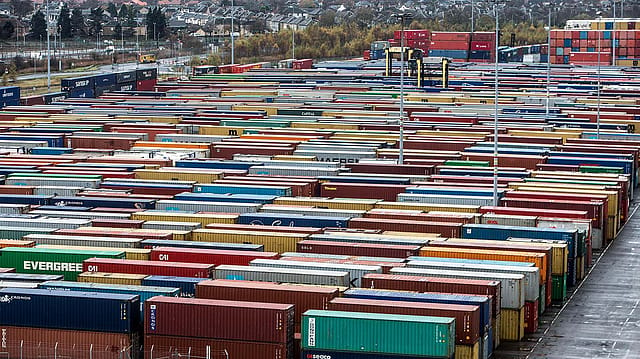India to grow at 7.6% in 2018-19: U.N. report
ADVERTISEMENT

India’s economic growth is expected to climb to 7.5% in 2017-18 and 7.6% in 2018-19 supported by robust private consumption, a more supportive fiscal stance and benefits from past reforms, says a new United Nations report.
The prediction is largely in line with this year’s Economic Survey that pegged growth at 7% to 7.5% in 2018-19. The Central Statistics Office estimates 2017-18 GDP growth at 6.6% compared with 7.1% in the previous year.
The mid-year U.N. World Economic Situation and Prospects (WESP) report says India is gaining momentum among major economies and although “capital spending has shown signs of revival, a more widespread and sustained recovery in private investment remains a crucial challenge”.
The world economy is seen growing a slightly higher 3.2% in both 2018 and 2019, compared with 3.1% in 2017, because of accelerating wage growth and favourable investment conditions in developed economies, and the short-term impact of a fiscal stimulus package in the U.S.
The report is positive about South Asia’s macroeconomic outlook on the back of robust domestic demand, strong infrastructure investment, and moderately accommodative monetary policies. GDP growth in the region is expected to be 6.8% in 2019.
“Regional inflation is anticipated to remain stable and at relatively low levels,” the UN says in the report, adding that deeper reforms, such as strengthening fiscal accounts and tackling the region’s large infrastructure gaps, are needed to boost productivity gains and unleash the region’s growth potential.
December 2025
The annual Fortune 500 India list, the definitive compendium of corporate performance, is out. This year, the cumulative revenue of the Fortune 500 India companies has breached $2 trillion for the first time. Plus, find out which are the Best B-schools in India.
Downside risks faced by the economies in South Asia include setbacks to the reform agenda, heightened regional geopolitical tensions, or a sharp rise in oil prices.
The report projects China’s economic growth will remain robust next year even though it will be marginally lower than the previous two years . “Amid ongoing structural reforms, growth in the Chinese economy is projected to gradually moderate from 6.9% in 2017 to 6.5% in 2018 and 6.3% in 2019,” it says.
